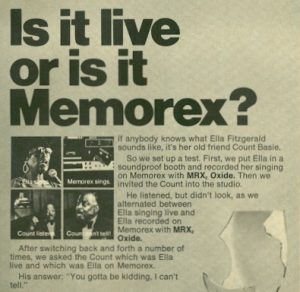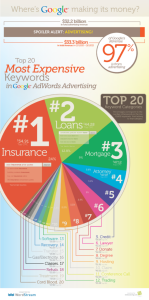Brand identity is the bedrock of any startup’s success. It is a guiding beacon for business strategies, and practices, but also for customers who weigh their options in the market. You can also think of brand as a compass, which allows organizations to navigate the tricky waters of the business world. In order to shine brighter than others, a startup must also produce a sound commutation plan, which amplifies (marketing) messages and affects how others perceive you.

The roadmap
Young companies tend to overlook these aspects and put a sole focus on improving the bottom line. What they lose sight of, however, is that communication strategy enhances their efforts and comes with financial spoils in the long run. Besides, a lack of coherence in this department can stir confusion or distrust, driving away potential clients, prospects, and customers.
Now, identity is not engraved on the walls of your offices or embodied in core business documents. It is a dynamic force: You have to express it, and communication is one of the major means of pulling that off. Even if you have a breakthrough product in mind, that may account for nothing if you have no way to reach people out.
And in order to cut through the overwhelming noise in the media, you have to speak with a distinctive voice. That means that startups may refrain from copying the ways established companies communicate. These are mostly advanced methods put forward by experts to capture the attention of buyers in mature markets. Startups can usually do with less formality and rigid rules.

New currencies
So, the first thing to do is to consider who your customers are. In the light of commutation and branding, you are mostly interested in pathways they take to content, information, and pieces of news. The style of communication must reflect these patterns. In general, it should inspire people, spark their attention, and prompt them to choose you over your competition.
Furthermore, note that your products create customer experiences and, through them, meaning. You have to understand that in this day and age, purchasing decisions are fueled by emotional connection of consumers with the product. People buy what they believe in, and once they convert into your customers, their trust becomes your ultimate currency.
Tech tools
Technology is the key instrument of communicating your messages. Modern, digital tools enable you to interact with customers around the clock and embed your messages into their day-to-day (cyber) reality. Among other things, this is a chance to establish meaningful, almost intimate relations with your audience. For numerous digital natives of today, this type of communication is the only preferred option.
This new frontier of marketing can be intimidating for newcomers. Thus, it is a good idea to familiarize yourself with the ways of carrying out good SEO, picking appropriate domain names, and tools needed for shaping a strong online persona. Moreover, you would be wise to utilize your social media profiles as communication tools and engage people in discussions.
Finally, it is highly advisable to take advantage of the content marketing and harness the power of new marketing thinking, one that looks beyond the strict logic of advertising. It aspires to add value to people’s life and does not always try to sell to them. Instead, it can educate, inform, and solve problems, something that is much more effective in terms of trust, positive image, and reputation.

Brand new communication
In the era of perpetual communication and digital revolution, standing idle is not an option. A solid communication system is the supporting pillar of marketing and brand building strategies. So, develop a deeper understanding of your target audience. That way, you can discover how to ignite passion, inspire loyalty, and evoke emotions. Try to think outside the traditional marketing box and stand out in the oversaturated media landscape.
Business & Finance Articles on Business 2 Community(30)
Report Post





